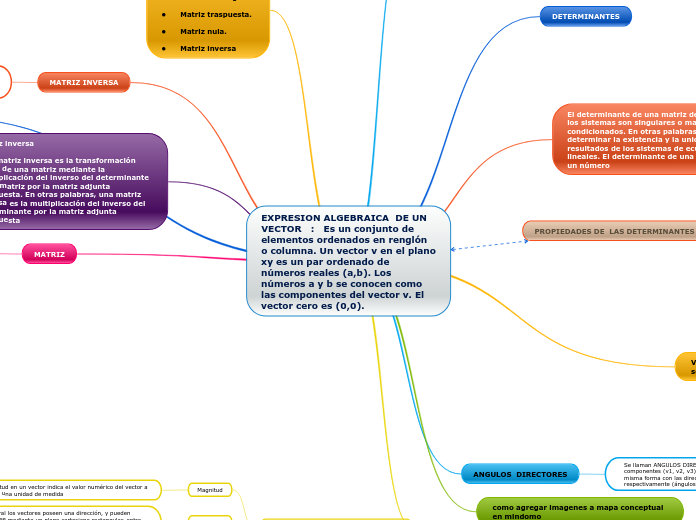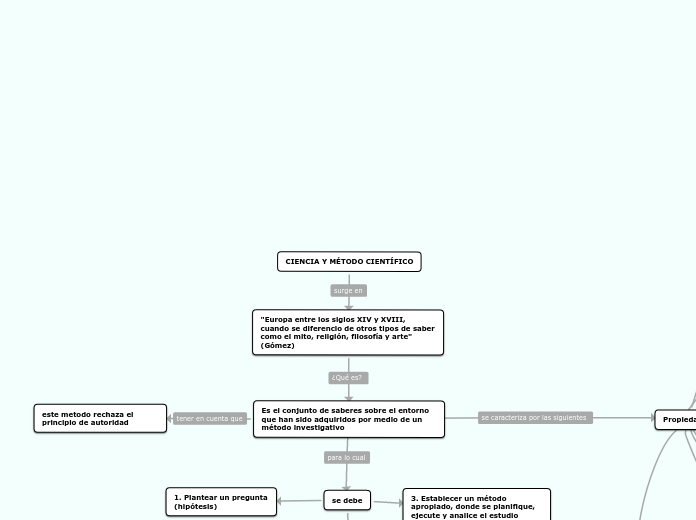Roso-Bas, F., Pades-Jiménez, A., & Ferrer-Pérez, V.,A. (2017). Competencia comunicativa: Validación de una escala para evaluar la comunicación no verbal durante el discurso. Estudios Sobre Educación, 32, 95-113. doi:http://dx.doi.org.ezproxy.uniminuto.edu/10.15581/004.32.95-113
VALIDACIÓN DE UNA ESCALA PARA EVALUAR LA COMUNICACIÓN VERBAL DURANTE EL DISCURSO
Type in the name of the novel and movie you are going to compare and contrast.
Example: Great Expectations.
VOLUMEN: excesivamente alto, produce incomodidad, sensación desagradable, volumen muy bajo.
discurso claro y fácilmente audible por todo el público, ganando su atención.
FLUIDEZ: habla lento, vacilante o muy acelerado, uso frecuente de muletillas.
velocidad apropiada, discurso elocuente, sin interrupciones, bloqueos, silencios o vacilaciones, habla fluida.
expresión facial:frecuentes risas de tipo nervioso, expresiones negativas y desagradables muy frecuentes.
domina expresiones positivas y congruentes con el mensaje verbal.
ilustra y enfatiza el mensaje verbal
expresión corporal: excesivos paseos, balanceo, pies inquietos.
adecuada posición del cuerpo durante el discurso
lenguaje corporal ligeramente expresivo.
Caballo Manrrique y Buela Casal, 1998
componente no verbales: expresión facial, sonrisas, mirada.
componente paralinguistico: volumen, entonación, claridad.
componentes verbales:contenidos ,preguntas, preguntas y respuestas
se necesita de auto confianza para hablar en público.
ventajas escala ECO CNV
Use point-by-point organization in the body section to present the characteristics briefly stated in the thesis.
This means that if you use this draft to write a compare and contrast paper, each characteristic will be introduced in a separate paragraph.
facilita el registro y la calificación de la actuación.
recoje ventajas de las escalas de estimación y rubrica descriptiva
facilita la retro alimentación correctiva
procedimientos sencillos de los observadores
reducido números de categorías
Movie
How is the movie different from the novel?
Type in a short explanation. Use 'like', 'same as' or 'similar' for comparison, and 'unlike', 'differ from' and 'although' for contrasting.
Book
How is the novel different from the movie?
Type in the answer. Use 'like', 'same as' or 'similar' for comparison, and 'unlike', 'differ from' and 'although' for contrasting.
Constituida por cinco categorías
The introduction provides background information for both the book and the movie.
volumen
fluidez
mirada
Create a thesis statement in which you briefly compare and contrast the book and the movie.
Characteristics
Characteristic
Which are the differences between the book and the movie?
Think of at least 3 differences. Type them in.
Examples regarding Great Expectations
- the movie plot leaves aside certain characters;
- the book is mostly narrated, while the movie story is told through dialogue;
- the movie has a different ending.
Similarity
Which are the similarities between the book and the movie?
Type them in. Example: Great Expectations the book and the movie have very similar plots.
expresión facial
Main character
Type in the name of the main character.
This has to be the same for both the book and the movie.
expresion corporal
Movie setting
Is the action in the movie set in the same place?
Where is it set? Example: The action in Great Expectations (1946) by David Lean has the same setting as in the book.
Book setting
In the book, where does the action take place?
Example: The action in Great Expectations the book takes place in 19th century England, London and Kent.









